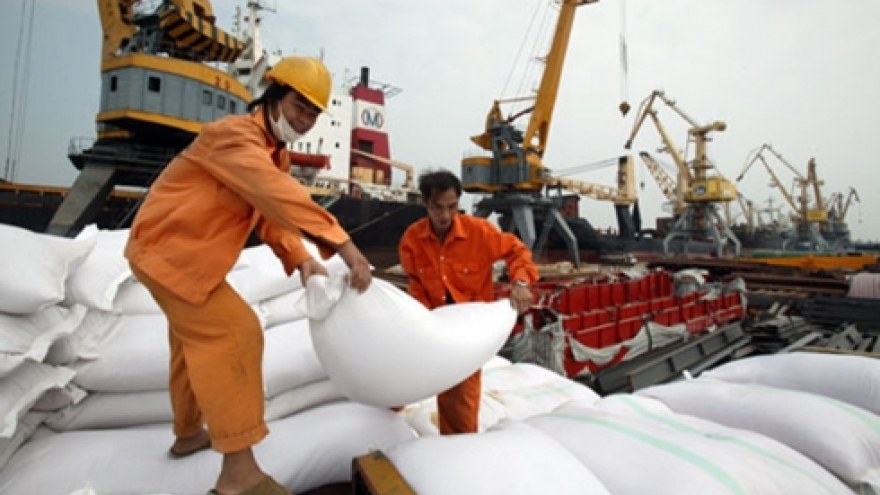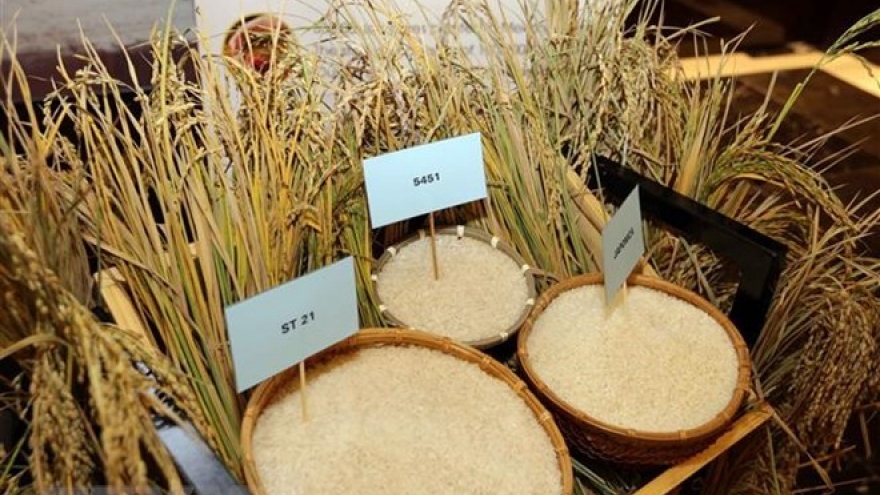Vietnamese rice makes name in world market
In 2018, Vietnam’s total rice exports reached 6.15 million tonnes, with export turnover of 3.15 billion USD. The industry saw a 5.7 percent increase in volume and a 19.6 percent increase in value compared to 2017.
 |
| Vietnam exported 6.15 million tonnes of rice worth 3.15 billion USD in 2018 |
High-yielding, fragrant and nutritious compared to other varieties, Loc Troi 28 was well received at an international rice convention held in China.
Huynh Van Thon, Chairman and General Director of Loc Troi corp., said Loc Troi 28 rice variety has surpassed Homali rice variety of Thailand and, SKO of Cambodia to win the top quality.
“This is a high-yielding variety that meets the strict demand of consumers regarding quality and food safety,” he added.
Vietnamese rice producers now focus on production value, not just increasing volume. Furthermore, Vietnam has become a member of the global sustainable rice production programme, and for the first time in years, Vietnam’s rice price is higher than Thailand’s.
Tran Tuan Anh, Minister of Industry and Trade, said “With huge competition coming from major rice exporting countries, Vietnam has proven its capacity and its rice product has shown its quality.”
In recent years, Vietnam’s rice industry has paid more attention to promotional activities. The launch of Vietnam’s national rice logo has reiterated the efforts to bring more rice to the world market.
However, in the context of global warming and unpredictable weather patterns, as well as limitation in value chains and farmers’ struggle to make a living from growing rice, there is much needed to be done.
Bui Chi Buu, former Director of the Institute of Agricultural Science for Southern Vietnam, said “Farmers still meet with lots of difficulties, and in order to help the farmers, we should cut out the middle man so traders and sellers can buy rice directly from farmers, increasing farmers’ profitability.”
The global market is changing at a rapid pace and it requires Vietnam’s rice industry to heighten the production volume, improve the quality and deliver more diverse rice products.




